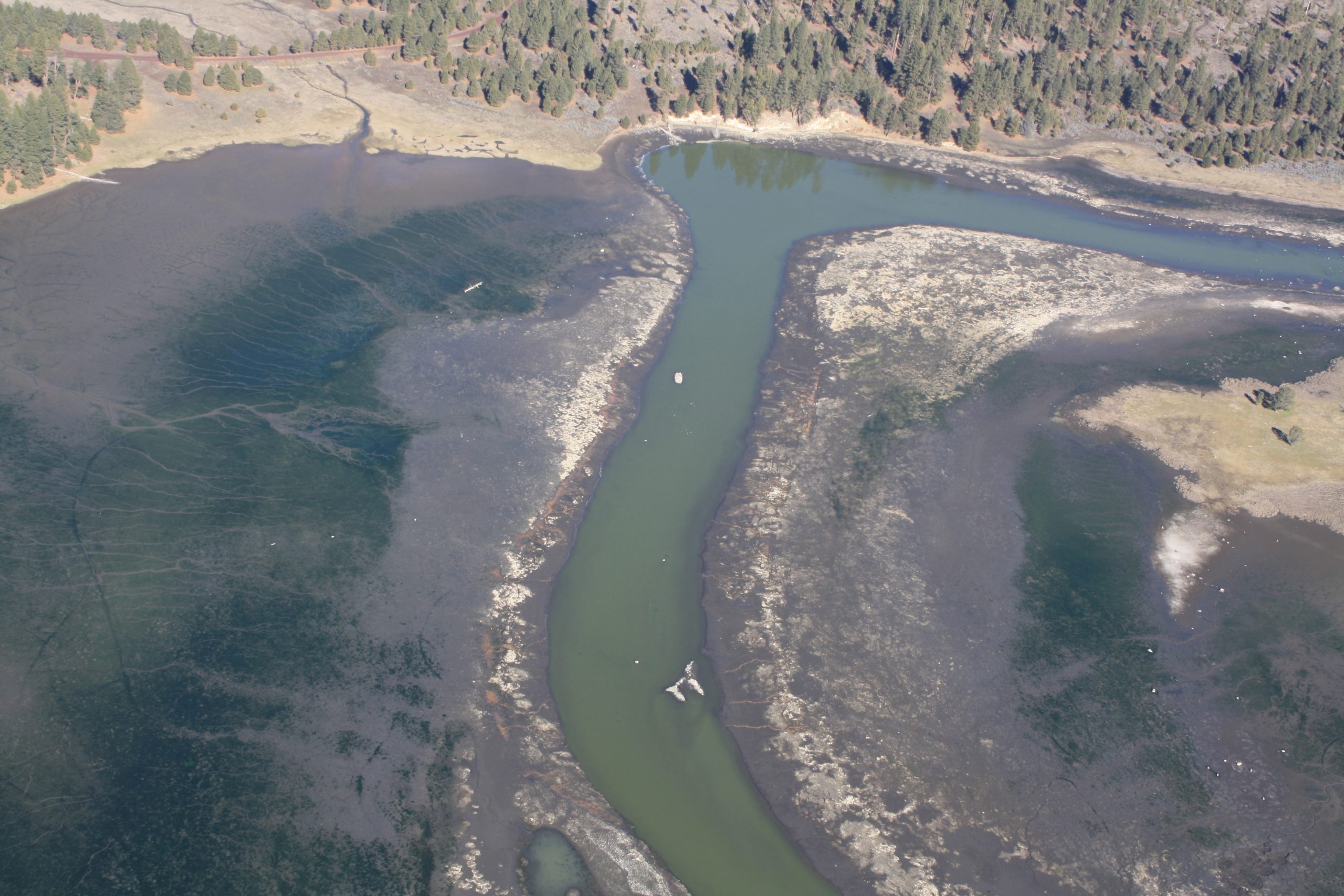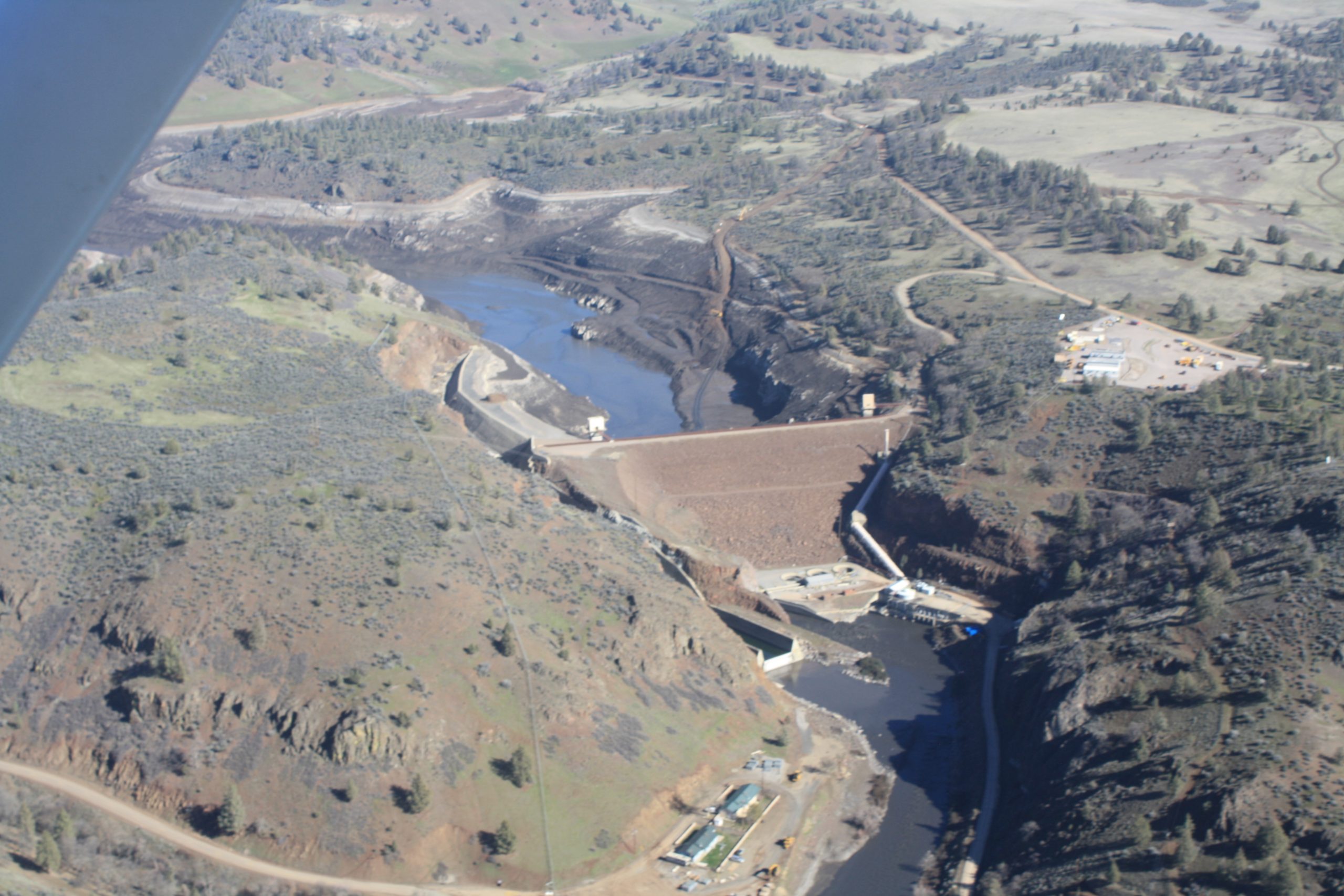
ON THE WING
Fall 2024
Aerial watershed conservation
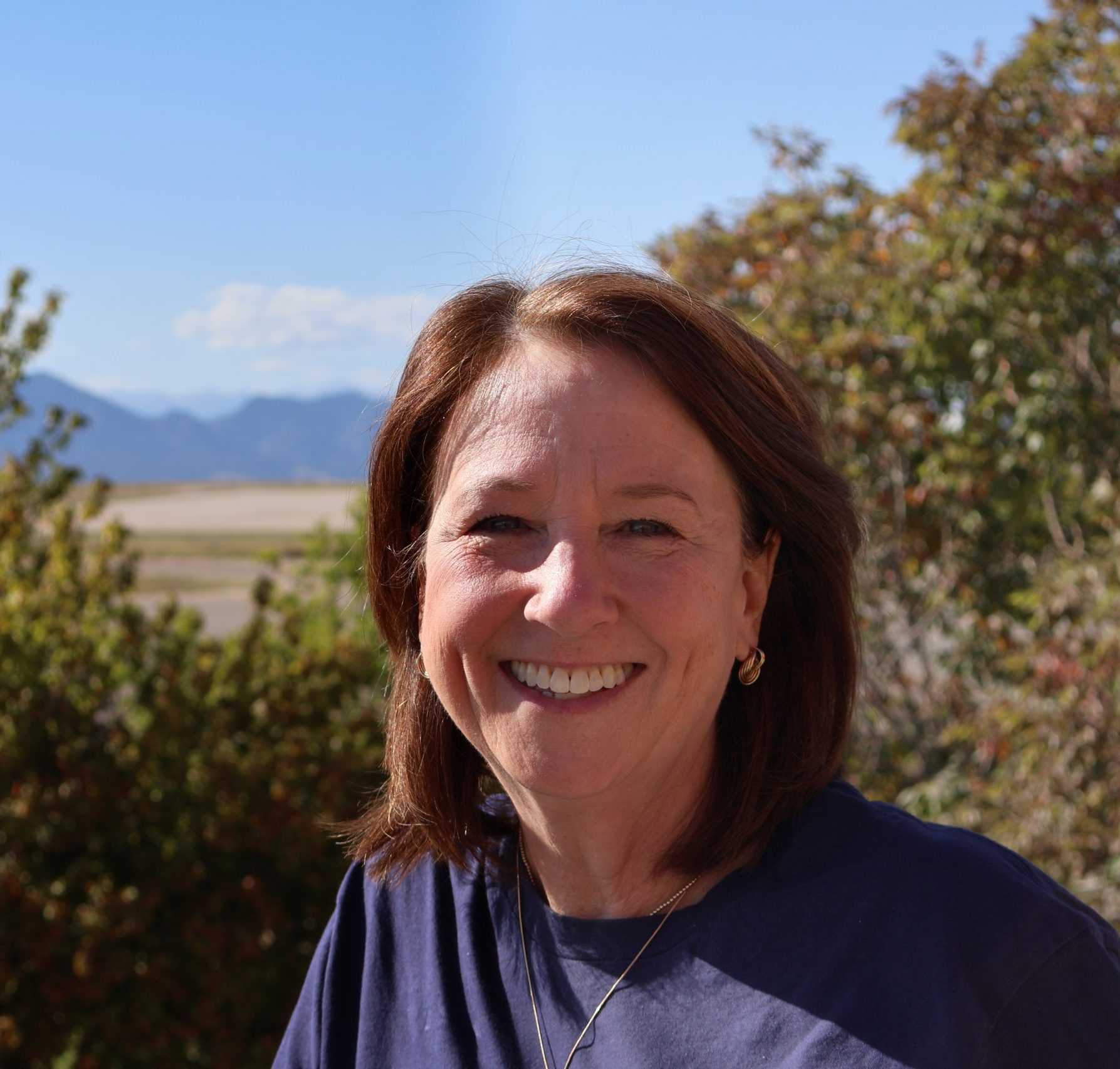
Dear Friends,
At LightHawk, we know that the future of our watersheds is closely connected to the health of our ecosystems, communities, and cultural heritage. Every flight we take is a step toward safeguarding these precious resources, and we’re proud to be part of the important work happening across the country to protect them.
In this edition of On the Wing, we highlight some of our impactful partnerships tackling the pressing challenges facing our waters, including our collaboration with Trout Unlimited to document the historic dam removals along the Klamath River. This massive project will restore over 400 miles of critical habitat for species like Chinook and Coho salmon and significantly improve water quality. Our flights have captured the transformation from above and supported one of the largest river restoration projects in U.S. history.
In Florida, we continue our important work with the Rivers Coalition, documenting the St. Lucie River and the challenges it faces from pollution and harmful algal blooms. Our missions provide the coalition with crucial data that informs their public outreach and advocacy efforts. It’s partnerships like these that allow us to help raise awareness of the urgent issues affecting watersheds across the country.
Our mission also takes us to the Colorado River, where we recently collaborated with Natives Outdoors on a film series for Outside Magazine. The series highlights the pressures on the Colorado River, from drought and climate change to agricultural demands. Our unique aerial perspective helps illustrate the true scope of these challenges while amplifying the voices of those working to protect this critical resource.
None of this would be possible without you. Your generosity allows us to fly these critical missions and collect the data, imagery, and insights needed to make a real impact on the ground. Together, we’re helping to restore ecosystems, protect biodiversity, and create a brighter future for our waterways.
Thank you for standing with us in our mission to protect the environment from above. We’re excited about what we can achieve together in the months ahead.
With gratitude,
Joanna Weitzel
Chief Advancement Officer
Upcoming Flights
- Sonoran Institute – Baja Mexico
- Trout Unlimited – Oregon
- The Redford Center – Baja Mexico
- Red Wolf SAFE Transport – North Carolina-Florida
- King Tide Videography – Maine
- King Tide videography – Florida
- King Tide videography – New Jersey
- Naples Illustrated – Florida
- Brickell Magazine – Florida
- King Tide videography – Massachusetts
- King Tide videography – New Hampshire
- King Tide videography – Maryland
- Lake Champlain algal bloom – Vermont
- Tug Hill Tom Land Trust – New York
Documenting historic Klamath River dam removals
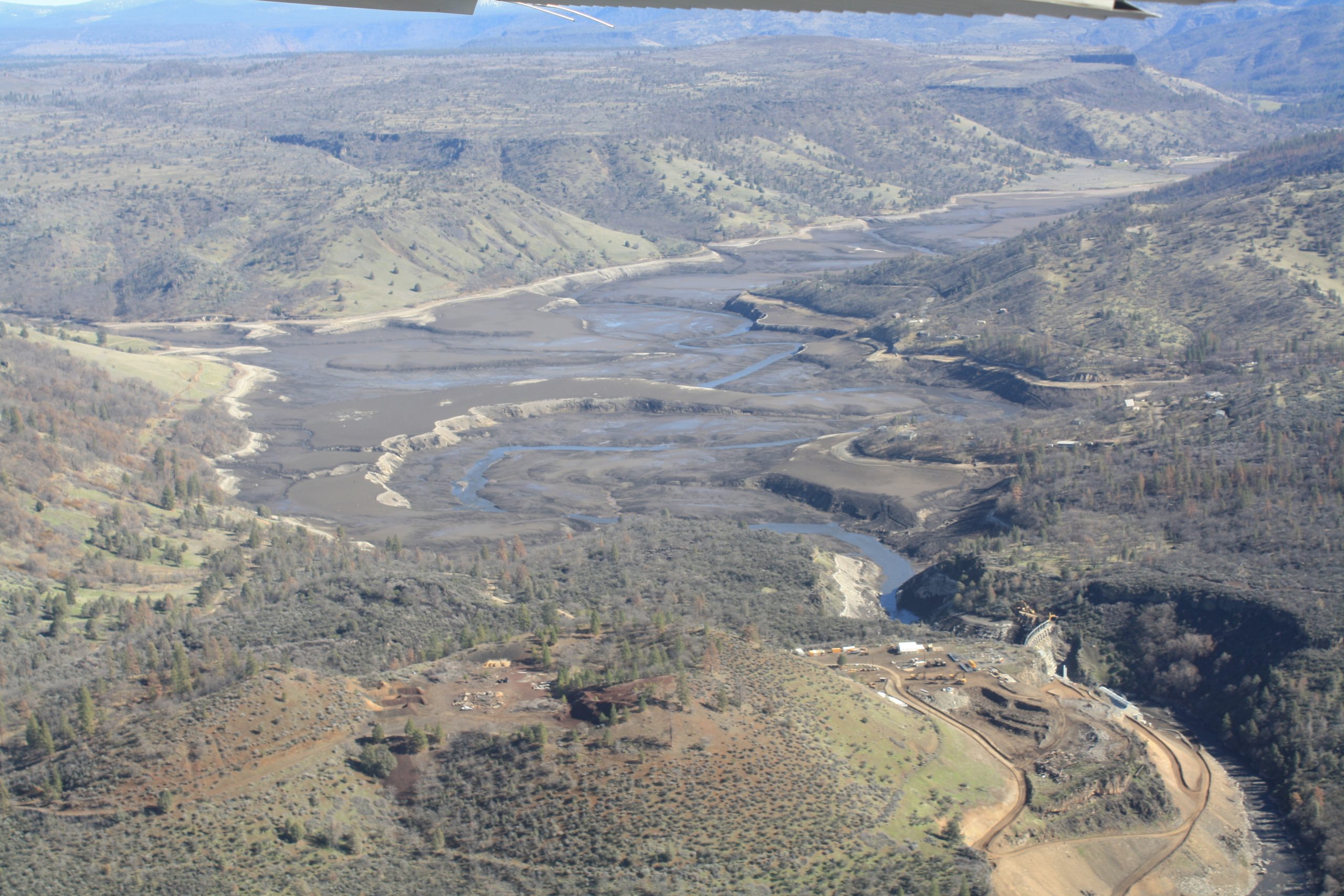
Copco 1 Dam on the Klamath River being removed as seen from a LightHawk flight earlier this year. Photo by Evan Bulla.
Over the past year, LightHawk has partnered with Trout Unlimited to document the historic removal of four dams along the Klamath River: Iron Gate, Copco 1, Copco 2, and J.C. Boyle. This is one of the largest river restoration projects in U.S. history, holding major ecological and cultural importance for the river’s ecosystems and the Native American tribes who rely on its resources. As part of this mission, we have flown photographers, donors, and other stakeholders over the river, capturing its ongoing transformation and showcasing the positive impact of restoration from an aerial perspective.
The dam removals will reopen over 400 miles of habitat for fish species, including Chinook and Coho salmon, as well as steelhead trout – species that are both culturally and economically vital to the region. Coho salmon are currently listed as threatened under the Endangered Species Act and stand to benefit greatly from the restored habitat. The improved access will support spawning and help replenish fish populations that have been blocked for over a century.
Removing the dams will further improve water quality. By slowing water flow, the dams have contributed to warmer water, lower oxygen levels, and the growth of harmful algal blooms. The free-flowing river will improve circulation, lower temperatures, and create healthier conditions for aquatic life. Other benefits include restored ecosystem connectivity and increased resilience to climate change. This project can serve as a valuable model for future dam removals, showing how similar efforts could help revive other river ecosystems.
We are grateful for the dedication of LightHawk Volunteer Pilots (VP’s) who have flown photographers and other stakeholders over the Klamath River, providing crucial data and imagery throughout each stage of this restoration. Their contributions not only support this project but also inspire future conservation efforts. Each mission provides powerful images and data that empower our partners on the ground to share the story of this monumental achievement and advocate for similar projects that positively impact our natural resources.
Partner Spotlight
Conserving the St. Lucie River with Rivers Coalition
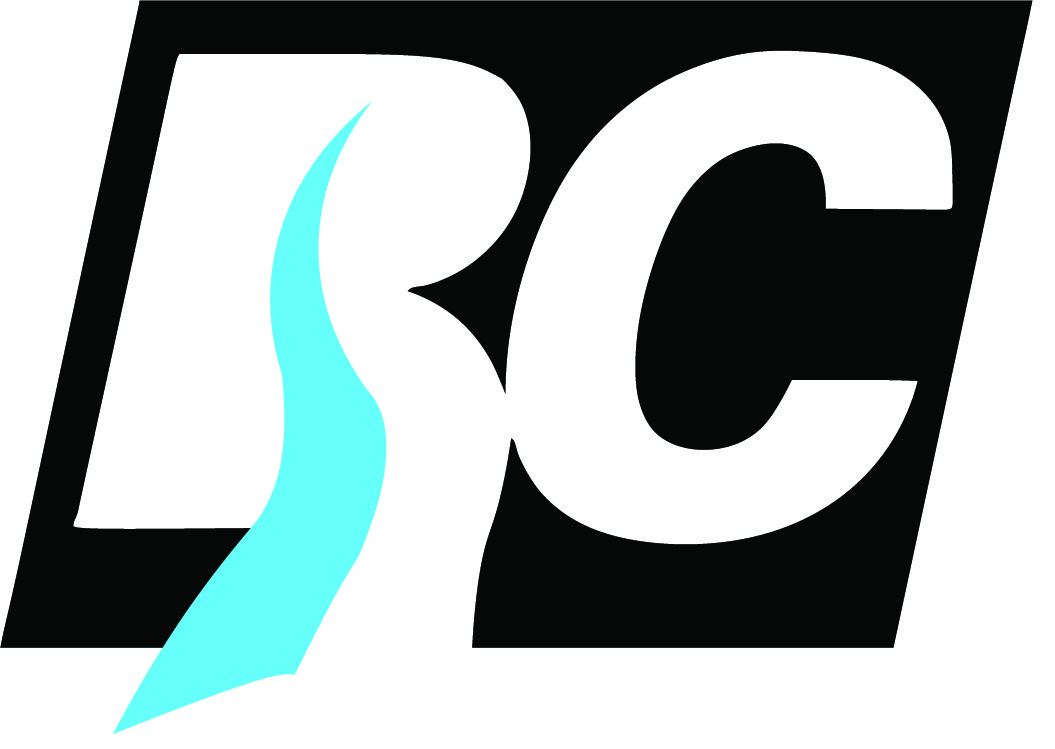
The St. Lucie River continues to suffer from polluted freshwater discharges into its north and south forks, with runoff from agriculture and residential developments carrying fertilizers, biosolids, pesticides, chemicals, and now harmful algae. Addressing these issues has become a central focus of LightHawk’s partnership with the Rivers Coalition.
Starting in February, LightHawk has flown recurring photo and video missions over the river to document the spread and intensity of algal blooms from a perspective only possible from the air. This aerial view provides a comprehensive picture of the river’s condition, making it possible to capture large-scale patterns and changes over time. These images and videos are invaluable for coalition members, enabling them to identify critical areas for intervention, share the data with policy makers, and effectively educate the public on the scope and urgency of the issue.
The Rivers Coalition works to educate the public, engage in dialogue with state and federal agencies, and advocate for redirecting millions of gallons of water south to the Everglades, where it is needed most. LightHawk’s flights are an essential part of this mission, providing clear, compelling visual evidence that supports both educational outreach and advocacy efforts.
We are proud to partner with the Rivers Coalition and to provide an aerial perspective that enhances their ability to document, understand, and act on these critical waterway challenges. Together, with other partners across the region, we are making meaningful change in the conservation of Florida’s waterways.
CLIMATE CORNER
Traveling the Colorado River for Outside+
LightHawk’s strength lies in its ability to reveal the true scale of conservation challenges – spanning thousands of miles and multiple countries. One of our major areas of focus is the Colorado River, where we partner with conservation organizations to spotlight issues impacting this critical water source.
Earlier this year, we teamed up with Natives Outdoors, supporting their six-part film series for Outside Magazine’s streaming channel, Outside+, on the current state of the Colorado River. Over three days, we flew with host Len Necefer and the film crew over key areas, including the Colorado River Delta, California’s Imperial Valley, and the Salton Sea. Our aerial perspective allowed them to document the scale of this water crisis and how it impacts communities and ecosystems.
Climate change has triggered an unprecedented drought along the Colorado River, straining water reserves throughout its vast basin. Longer, hotter summers are increasing water demand in desert communities, while warmer winters and reduced snowpack are causing less water to flow into the river. Wildfires in the headwaters region add further stress to the rivers and streams that feed the Colorado. As a result, reservoir levels have fallen to historic lows, creating an array of ecological and human challenges.
The series begins at the Colorado River Delta, where Len meets with LightHawk partner Restauremos el Colorado to discuss the impact of pulse flows, which are strategic water releases designed to reconnect the river to the sea. These flows are already fostering recovery, demonstrating the river’s resilience and the potential to revitalize the Delta’s ecosystems and traditional practices when water is allowed to reach it.
Heading north, Len travels to the Imperial Valley, one of the nation’s most productive agricultural areas, to understand the essential role of water in farming and food production. Here, he learns about innovative methods to increase water-use efficiency in agriculture, which accounts for about 80% of the river’s water usage.
In the third episode, Len visits Las Vegas to explore the city’s conservation efforts. Despite being one of the fastest-growing regions in the U.S., Las Vegas has taken significant measures to limit water consumption in the middle of the desert.

The Colorado River Delta, the final reaches of the Colorado River.
Photo by Angus Morton
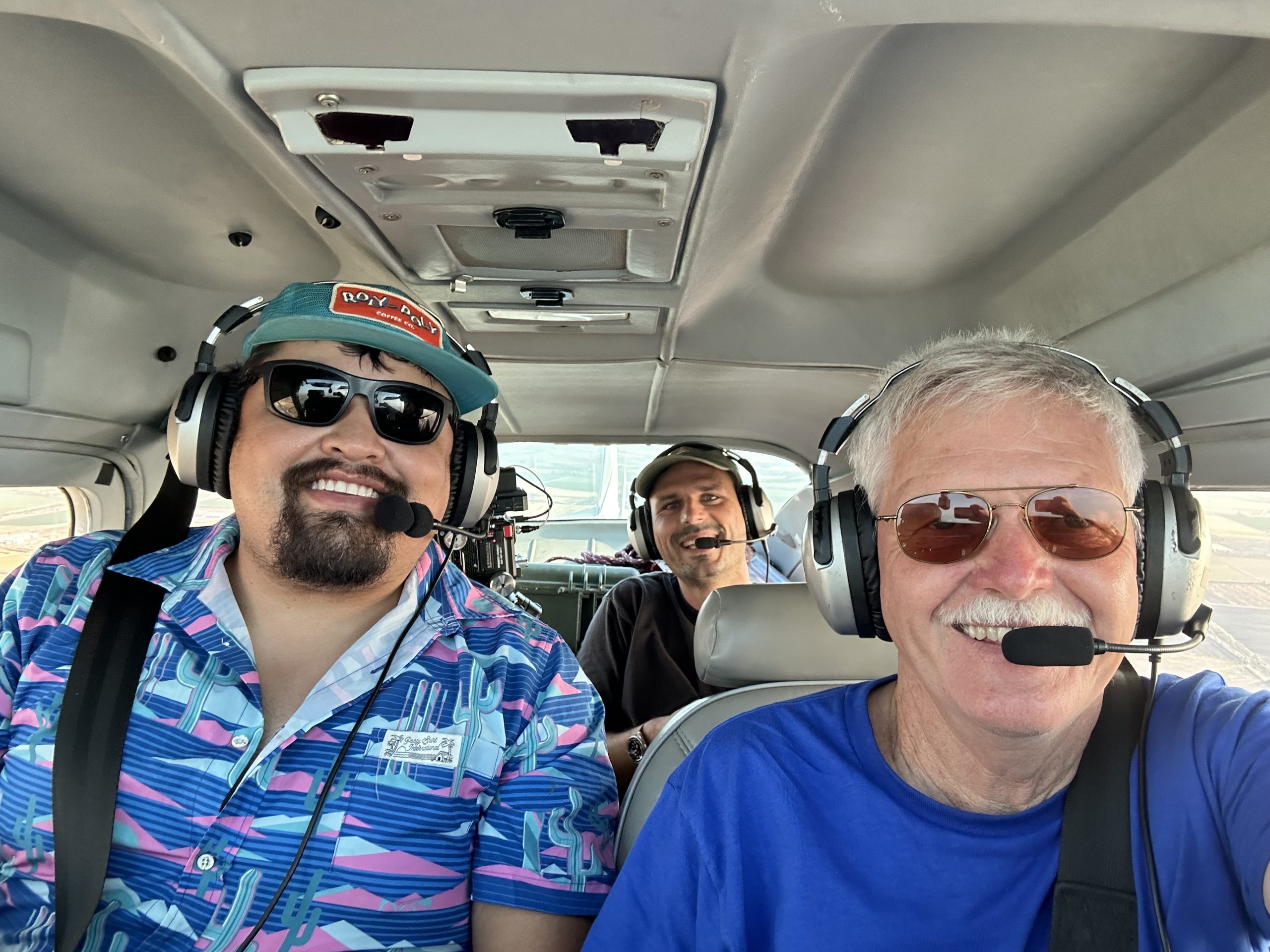
LightHawk volunteer pilot Bill Rush with Len Necefer and videographer.
Photo by Angus Morton
Future episodes will continue to follow Len’s journey upstream to the river’s headwaters, where he meets conservationists and stakeholders who rely on the river’s flow. As the series continues, we look forward to working with Len and his team, leveraging our aerial perspectives to highlight the critical importance of water conservation across the Colorado River system.
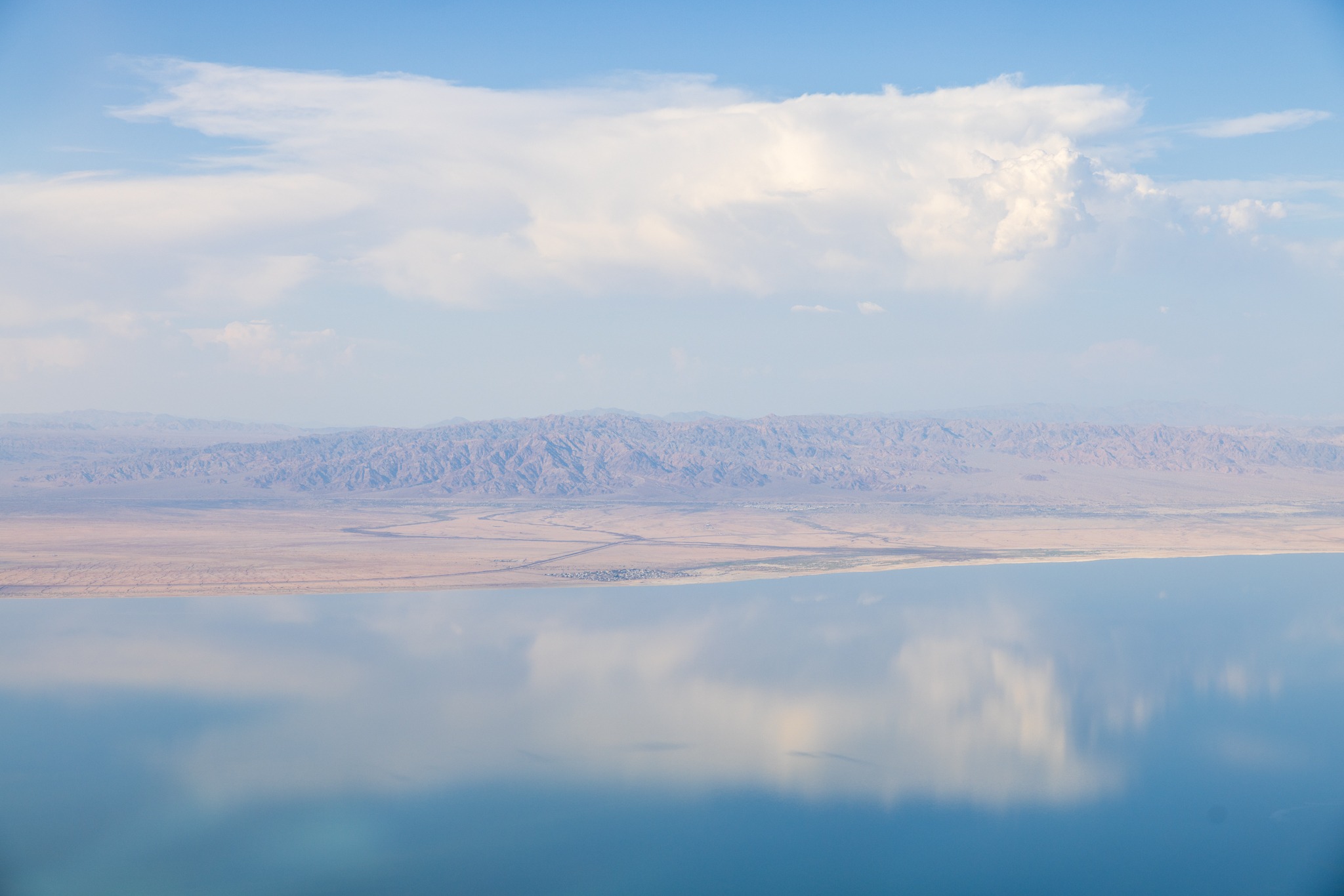
Coastline in Baja California, Mexico.
Photo by Angus Morton
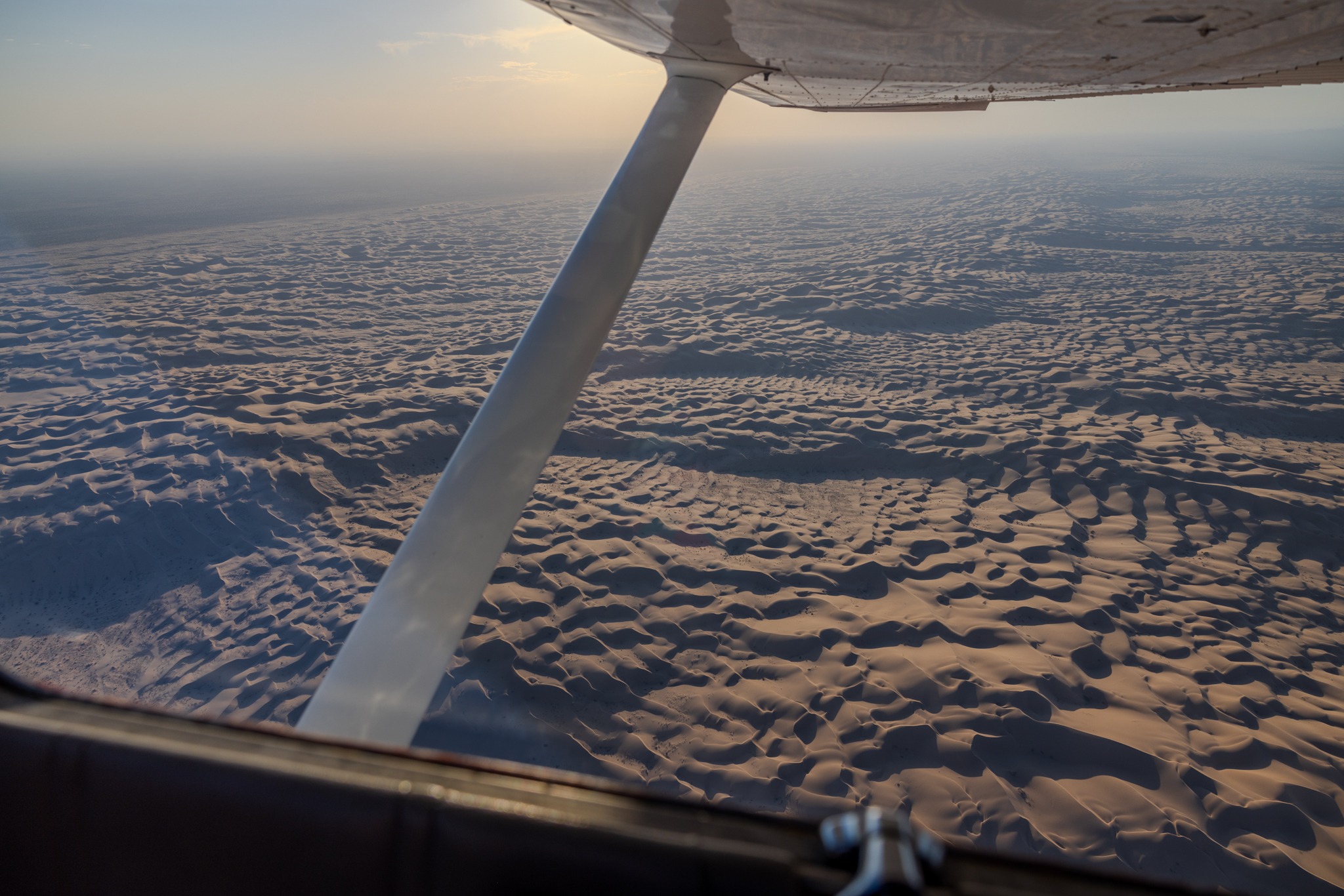
The aerial perspective provides a better understanding of the scale of conservation issues.
Photo by Angus Morton
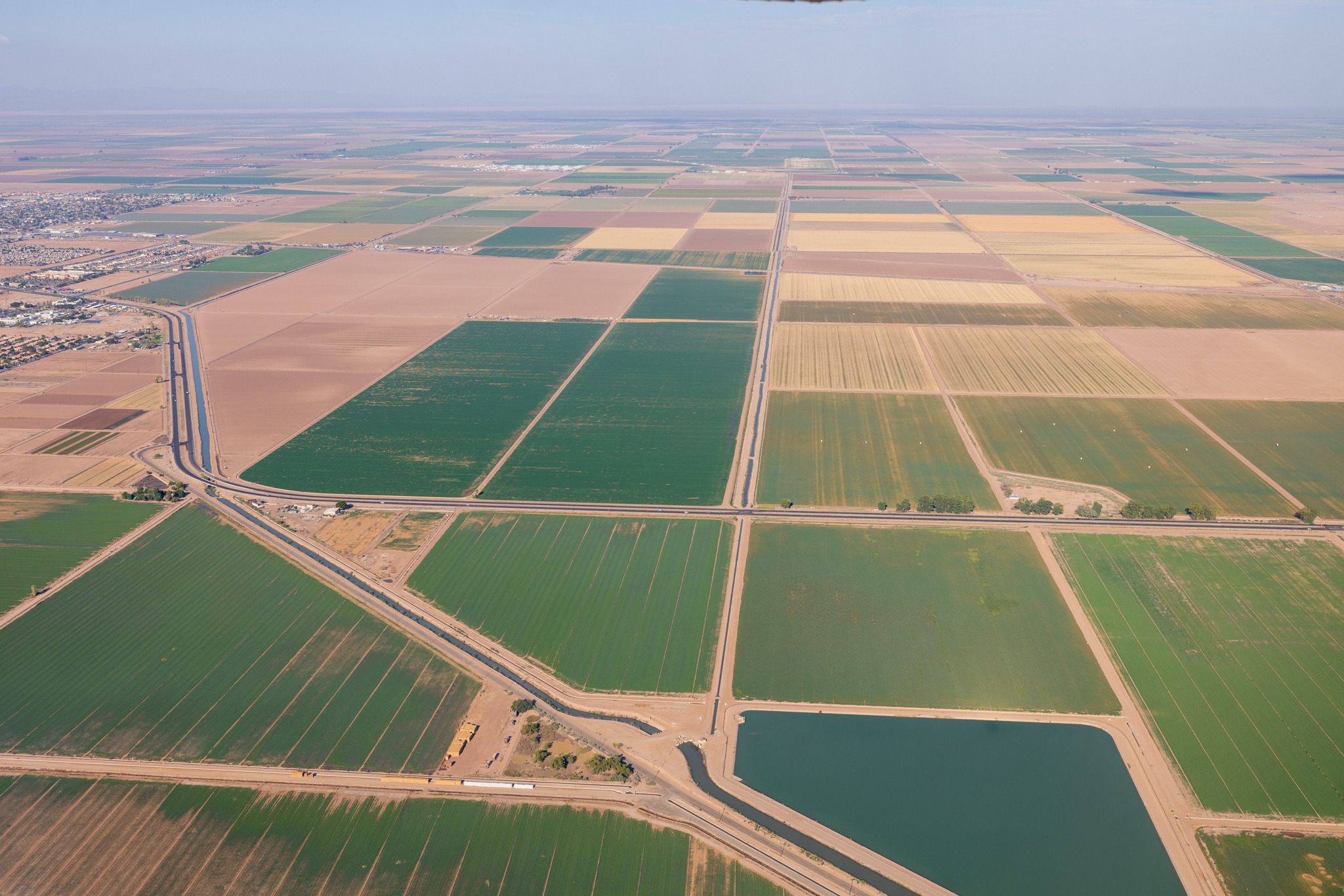
Agriculture along the Colorado River provides food for millions in the U.S.
Photo by Angus Morton

